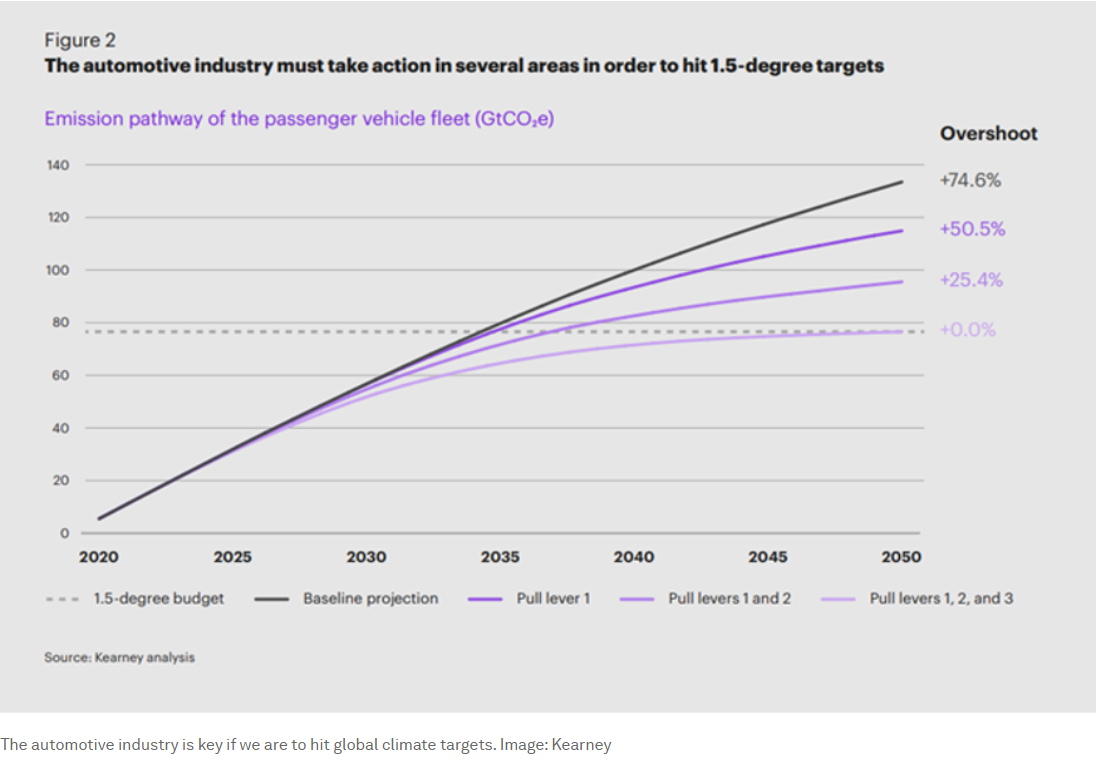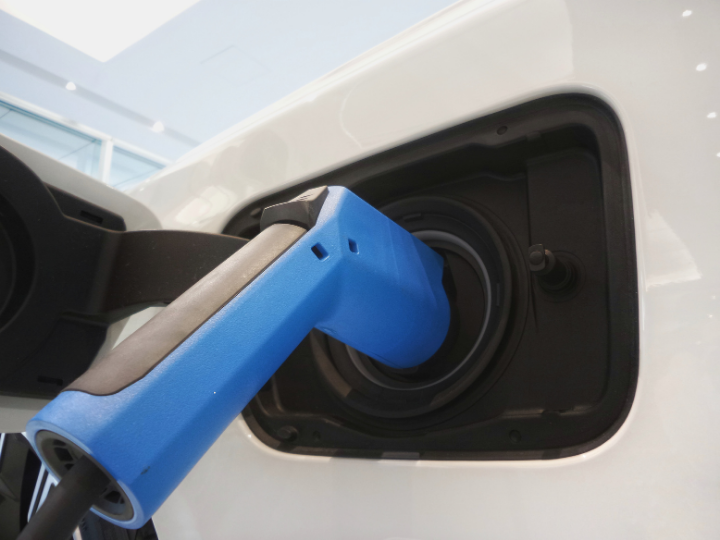by Gustav Saastad and Alexander Horthe*
Regulatory demands on radical transparency should be made on countries and manufacturers to help them achieve emission-free car production.
Norway, which has established itself as a global leader in the transition to electric mobility, can be a case study in the effectiveness of radical transparency.
In recent years, Norway has undergone one of the most rapid and successful transitions to greener transportation in any country, with its car fleet undergoing a remarkable shift towards electric vehicles. Electric cars now account for approximately 80% of new car sales in Norway, placing the nation at the forefront of the electric mobility revolution.
Norway’s electric vehicle boom sets an example
The driving force behind Norway’s electric vehicle boom lies in its visionary political decisions. As early as the 1990s, the Norwegian government took proactive measures to accelerate the transition to electric cars, including tax incentives, reduced road tolls and granting electric vehicles access to bus lanes.
As the transition gained momentum, certain incentives were gradually phased out. This transition is playing a vital role in helping Norway achieve its climate goals: greenhouse gas emissions from road traffic have declined since 2015 in tandem with the increased adoption of electric vehicles.
The success story of Norway’s electric car initiative has been noticed far beyond its borders. Car manufacturers and regulatory authorities worldwide look to Norway for insights into the future of consumer preferences and the passenger car market. Through leading by example, Norway has managed to make a significant impact that extends well beyond its own emissions.
Certification company DNV estimated that the international effect of Norway’s electric vehicle policy is five times greater than it appears in the Norwegian climate balance sheet in isolation; the country’s electric car demand contributes to global emission reductions through stimulating new investments and the development of new technologies, notably leading to cost reductions in battery production.
Being an influential role model is one of the most impactful contributions a country can make, which is why Norway should now extend its focus to achieving emission-free car production.
While electric cars have zero tailpipe emissions, they are far from climate neutral. People often overlook the fact that each car consists of approximately 50,000 components, each contributing its own emissions during production. For an electric vehicle to be genuinely zero-emission, all these 50,000 components must be emission-free too.
According to Polestar and Rivian’s recent Pathway report, the automotive industry must take action in several areas to hit 1.5°C climate targets. Fully switching the entire global car park to battery electric vehicles (BEV) will not be enough, nor to power all of these with fossil-free energy. The only possible but challenging pathway to remain below 1.5°C exists when also reducing supply chain emissions, underlining the urgent need for more transparency in the value chain.

Radical transparency is key
Just as we have complete visibility into a car’s emissions during use, consumers should have equal access to data on the car’s emissions in production. It is estimated that about 80% of a product’s footprint is determined during its design phase. Consequently, emission reductions should primarily focus on this stage by implementing practices such as designing for disassembly, material selection and planning for how the materials can be reused once the car reaches its end-of-life.
By 2025, the EU will establish a common methodology for assessing the full lifecycle CO2 emissions of cars. While this will make it easier to compare, it assumes that every car manufacturer willingly discloses their emissions data. For now, this is only voluntary.
To drive progress, Norway should lead the way by introducing mandatory transparency regulations for emissions from production in all new passenger cars on Norwegian roads, starting from 2026. The EU should move from voluntary to mandatory reporting on production emissions to accelerate change.
Transparency cannot be a choice when we know how it can drive better solutions and accelerate progress. When problems are brought to light, they become difficult to overlook. As radical transparency allows for a comprehensive assessment of a vehicle’s entire life cycle, including production, raw material extraction and end-of-life disposal, it helps us understand the full picture to speed up work towards minimizing its footprint. Transparency will also enable consumers to make more climate-conscious choices and to differentiate taxes and incentives based on a car’s actual emission levels.
Norway’s success with electric car incentives has demonstrated the power of policy in driving transformative change within an entire industry. Being an influential role model is one of the most impactful contributions a country can make, which is why Norway should advocate for radical transparency regarding all emissions to achieve true carbon neutral mobility.
*Vice President & Global Head of Group Government Affairs, Hydro and Head, Polestar Norway
**first published in: Weforum.org




 By: N. Peter Kramer
By: N. Peter Kramer
